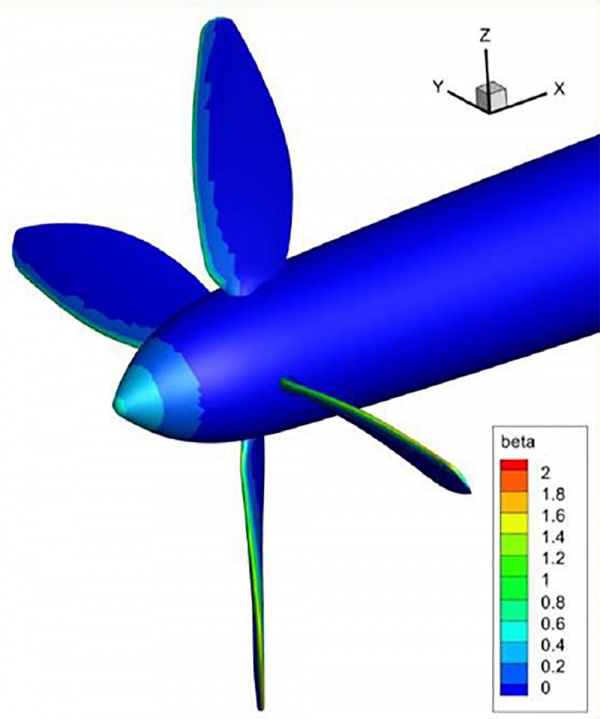Advanced Air Mobility Icing
 An emerging aviation industry called Advanced Air Mobility (AAM) is seeking to provide safe, sustainable, and more accessible air transportation services of both people and cargo to augment current ground modes of transportation. From small package delivery drones to larger, passenger-carrying air taxis, AAM is a broad term that encompasses many different vehicle types and mission objectives. Urban Air Mobility (UAM) is a subset of AAM which is focused on localized missions within and around metropolitan areas. Many electric vertical takeoff and landing (eVTOL) vehicles have been proposed for UAM due to their energy efficiency and ability to takeoff vertically without the need of conventional airports or runways. Icing is one weather related challenge that presents a significant risk to the safe operation of eVTOL vehicles in regions where icing conditions are prevalent for a substantial portion of the year. Regardless of whether an eVTOL manufacturer intends to certify their vehicle for flight into known icing conditions, they will likely need to demonstrate safe operation during an inadvertent icing encounter as complete avoidance of icing conditions cannot be guaranteed. Aircraft can mitigate icing using an ice protection system (IPS) that either removes ice or prevents ice from forming in the first place. However, the limited power capacity of eVTOL vehicles prohibits the use of conventional IPS’s due to their significant power requirements. Without a suitable IPS, the use of eVTOL aircraft for AAM operations will be severely limited in icing conditions. To investigate the icing phenomenon relevant to eVTOL aircraft, NASA Glenn Research Center developed a general-purpose propeller test stand for conducting fundamental icing research on electrically driven propellers in the Icing Research Tunnel (IRT).
An emerging aviation industry called Advanced Air Mobility (AAM) is seeking to provide safe, sustainable, and more accessible air transportation services of both people and cargo to augment current ground modes of transportation. From small package delivery drones to larger, passenger-carrying air taxis, AAM is a broad term that encompasses many different vehicle types and mission objectives. Urban Air Mobility (UAM) is a subset of AAM which is focused on localized missions within and around metropolitan areas. Many electric vertical takeoff and landing (eVTOL) vehicles have been proposed for UAM due to their energy efficiency and ability to takeoff vertically without the need of conventional airports or runways. Icing is one weather related challenge that presents a significant risk to the safe operation of eVTOL vehicles in regions where icing conditions are prevalent for a substantial portion of the year. Regardless of whether an eVTOL manufacturer intends to certify their vehicle for flight into known icing conditions, they will likely need to demonstrate safe operation during an inadvertent icing encounter as complete avoidance of icing conditions cannot be guaranteed. Aircraft can mitigate icing using an ice protection system (IPS) that either removes ice or prevents ice from forming in the first place. However, the limited power capacity of eVTOL vehicles prohibits the use of conventional IPS’s due to their significant power requirements. Without a suitable IPS, the use of eVTOL aircraft for AAM operations will be severely limited in icing conditions. To investigate the icing phenomenon relevant to eVTOL aircraft, NASA Glenn Research Center developed a general-purpose propeller test stand for conducting fundamental icing research on electrically driven propellers in the Icing Research Tunnel (IRT).
